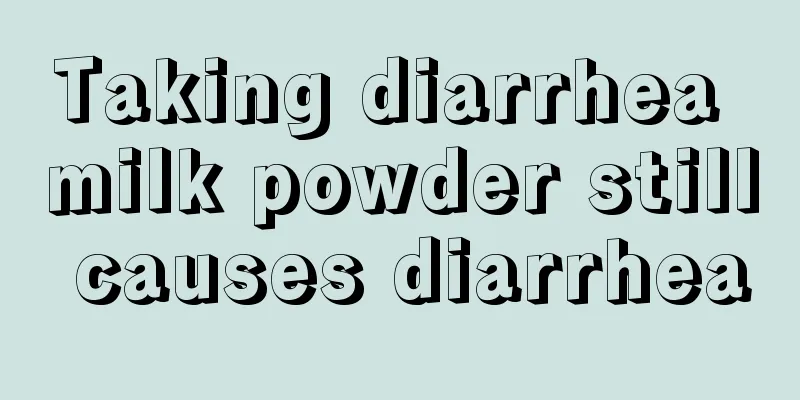What is the appropriate water temperature for children's bath?

|
It is said that children are the apple of their parents' eyes, especially newborn babies, who need their parents to stay by their side and take care of them every day. Although they cannot be separated from their children, sometimes parents also cannot be separated from their children. Sometimes even a slight cold in their children can make parents feel distressed. However, for those who have just become parents and have no experience in taking care of children, they don’t know what temperature of water is appropriate when bathing their children. Next, listen to the answer provided by the editor. For new parents, giving a baby a bath is not an easy task. After the baby is born, there will be a special nurse to bathe the baby during the days when the mother has not yet been discharged from the hospital. Once discharged from the hospital, the parents will have to bathe the baby themselves. Bathing your baby not only cleans the skin, but also accelerates blood circulation and promotes the baby's growth and development. Therefore, learning to bathe the baby is something every parent should do. Detail 1: On the second day after the baby is born, if conditions permit, the baby should be bathed once a day. Li Guifeng, the head nurse of the obstetrics department, specifically introduced some steps and details for bathing the baby. The water temperature is between 38 and 41 degrees Celsius Bathing your baby should be arranged 1 to 2 hours before feeding to avoid spitting up. It is best to use a dedicated bathtub for newborns. Brush the basin clean before bathing. If possible, rinse the bathtub with hot water to avoid leaving bacteria. The baby's skin is delicate. To avoid burns on the baby's skin, the water temperature for bathing the baby should be controlled between 38 and 41 degrees Celsius. Cold water should be added first and then hot water (every parent should pay special attention to this order. If you add hot water first and forget to add cold water, it may easily cause burns to the baby's skin), and then test the water temperature with the back of your hand or wrist. Because the skin in these two parts is more delicate and closer to the baby's delicate skin, they can sense what water temperature is more suitable for the baby, and the water temperature should not feel hot. You can also use a special water thermometer to measure the water temperature, which is more accurate. After all this is prepared, you can undress your baby and give him a bath. Detail 2: Coordinate your left and right hands to support your baby's body You can pour baby-specific bath gel into the water or apply bath gel all over the body, and then gently put the baby into the water. When bathing, use your left arm to hold the baby's body and support the baby's head so that the baby feels safe and comfortable. Use your index finger and thumb to gently cover the baby's ears inward to prevent water from flowing into the baby's ears. When bathing your baby, start from the head, wash the face first, then the hair, and finally the whole body. Detail three: Use cotton balls or soft towels for bathing The baby's skin is delicate, so you should not use a rough or hard towel to bathe the baby to avoid scratching the baby's skin. Instead, you should use a small, soft towel. If conditions permit, you can keep two towels, one for washing your face and one for washing other parts of your body. Special attention should be paid. If you have used a towel to wipe the baby's vulva, especially for girls, you should not use the towel to wipe other parts of the body, especially the baby's nose, mouth, and eyes, to avoid bacterial infection of the vulva. If you use this towel again, you must wash it to ensure it is clean. When children are in the early childhood stage, their physical fitness level and immune ability are relatively low. They like to play during the day, drawing on their hands with colored pens, or even playing in places full of sand. They often get themselves dirty. These are all normal phenomena, which means that their parents have to do the laundry every day. As parents, in addition to helping children wash clothes and take a bath, never beat or scold their children, and let them play freely. |
<<: What medicine should children with tics take?
>>: What should I do if my 1-year-old child has a cold and fever?
Recommend
The newborn's butt is blue, what effect will it have on the baby?
The birth of a newborn is a very happy thing for ...
What are the dangers of tonsillectomy?
Tonsils are an organ that is very helpful for us ...
How to reduce baby’s fever? These methods are simple and effective
A baby's high fever can be mild or severe. A ...
What to eat to increase breast milk secretion
In order to ensure that the newborn has enough mi...
The child has a pimple on his armpit
If you find a lump in your child's armpit, pa...
What can children eat to grow taller?
Children's normal height development is very ...
What are the symptoms of sensory integration disorder in children?
Before the baby is born, the baby's sensory i...
Will I lose weight after weaning?
As the baby grows older, the nutrients in the mot...
Causes of red and swollen eyelids in babies
As we all know, eyelids play a very important rol...
White spots on children
Many diseases begin to appear in childhood, and p...
How can children grow taller quickly?
In daily life, we often hear many parents complai...
What is the reason for a child's continuous fever?
Children often have fevers during their growth pr...
What to do if an eight-month-old baby has a fever and diarrhea
An eight-month-old baby is at the best time to pl...
Introduction to children's leg clamp syndrome
The disease of pediatric leg clamp syndrome mainl...
Precautions for children's back massage
Studies have found that correct pediatric back ma...









